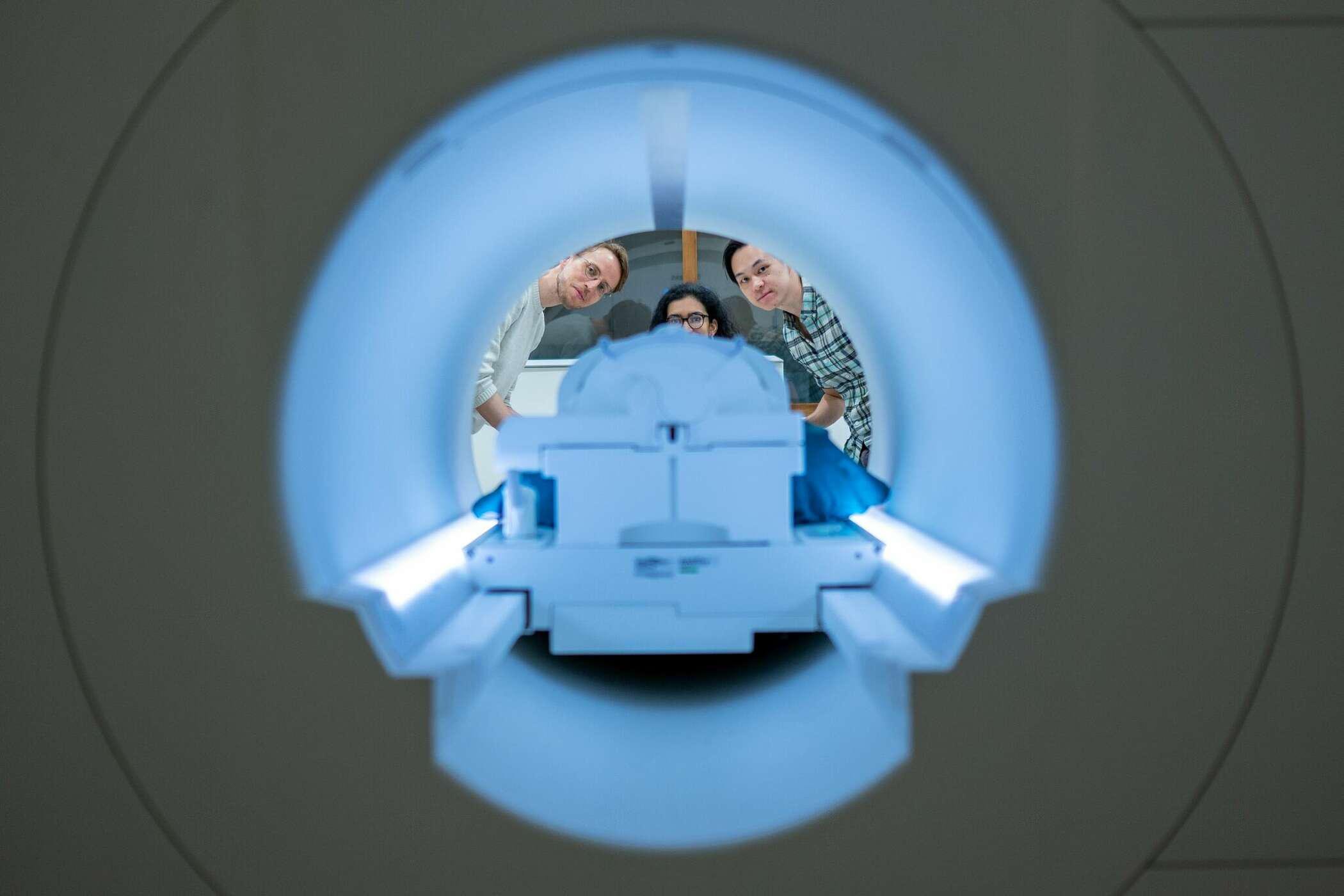An unprecedented AI system developed by researchers at the University of Texas at Austin, USA, can decode a person’s brain activity. — what mind-reading means in practice — in a continuous stream of text. The device, called a semantic decoder, can help stroke patients who are conscious but unable to speak.
Like every AI system, the new tool is based on a neural network model. transformer, It was developed to transform natural language (NLP) into artificial intelligence (AI). According to the release, this layer stack is similar to the one that powers existing tools like Open AI’s ChatGPT and Google’s Bard.
The biggest difference of this medical device is that unlike existing language decoders that are under development (requiring surgical implantation), it is not invasive. To work, the Texas semantic decoder uses a functional resonance scanner (fMRI) after the decoder has been trained.
How was mind-reading artificial intelligence trained?
To train the semantic decoder, three volunteers listened to 16 hours of podcasts inside the browser, and their brain responses were recorded by the researchers. The result of what is “translated” by the decoder is not a transcription in the literal sense of the word.. The device was designed to capture the essence of what is being thought.
Thus, often when trained to monitor a participant’s brain activity, the decoder could sometimes produce texts that approximated the meanings of the original words with surprising accuracy.
Thus, in an experiment where the volunteer heard a speaker say, “I still don’t have a driver’s license,” their thoughts were translated as “He hasn’t even started learning to drive.”
Does the system risk invading minds?
In the study published earlier this month in the journal Nature Neuroscience, the authors addressed some ethical issues, such as the possible use of the encoder against the patient’s will. According to the article, decoding only worked with collaborative participants who voluntarily participated in the training.
The consequences for the thoughts of those for whom the decoder was not trained turned out to be incomprehensible. And even where the decoder was already trained, it was not possible to get usable results if the participant showed some sort of resistance or opposition by thinking about other issues.
For individuals for whom the decoder was not trained, the results were incomprehensible, and this also occurred. with participants on whom the decoder was trained but opposed to decoding.
Source: Tec Mundo
I’m Blaine Morgan, an experienced journalist and writer with over 8 years of experience in the tech industry. My expertise lies in writing about technology news and trends, covering everything from cutting-edge gadgets to emerging software developments. I’ve written for several leading publications including Gadget Onus where I am an author.













